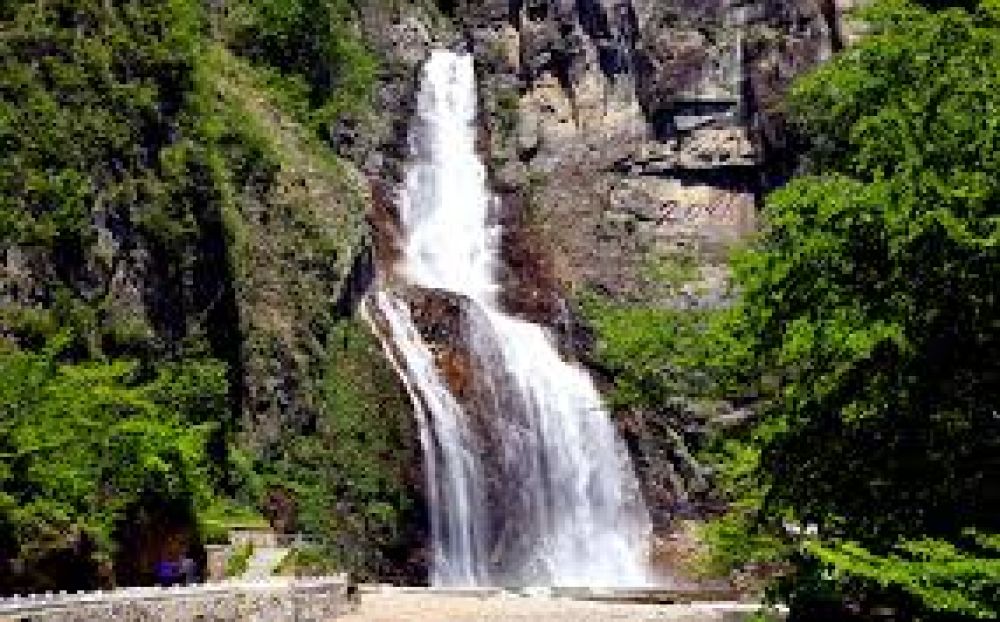

Ulim Waterfall, located near the city of Wonsan in the Kangwon Province of North Korea, is one of the natural marvels that has recently been introduced to the outside world. While North Korea is not a traditional tourist hotspot due to its stringent regulations and isolated position, the government has been slowly opening up certain areas for tourism. Ulim Waterfall is among these sites, offering a glimpse into the country's untouched natural beauty.
Tourism in North Korea has a relatively short history, with the government establishing strict controls over foreign visitors. Initially, tourism was predominantly focused on showcasing the grandeur of Pyongyang and promoting the regime's ideology. However, over time, there has been a gradual effort to introduce tourists to other aspects of the country, such as its natural landscapes and historical sites.
The discovery and subsequent promotion of Ulim Waterfall in 2001 by the North Korean government was part of this broader trend to diversify tourism and demonstrate the country's natural wonders. Known as the "Niagara of the East" due to its impressive water flow and scenic surroundings, the waterfall has quickly become a symbol of pride and natural heritage in North Korea.
Access to Ulim Waterfall is typically arranged through state-sanctioned tours, with foreign visitors required to book through approved travel agencies. These tours ensure that travelers are accompanied by guides at all times and adhere to prescribed itineraries. Experiencing Ulim Waterfall often includes a scenic drive through rural landscapes and a hike through lush forests before arriving at the waterfall's viewing platform.
Recent tourism trends in North Korea reflect a subtle shift towards promoting eco-tourism and natural attractions such as Ulim Waterfall. There are signs that the government is investing in infrastructure to improve access and facilities for visitors without compromising the site's untouched appeal. Additionally, the promotion of special tourism events and seasons highlights the country's attempt to draw visitors during optimal viewing times for natural attractions like Ulim Waterfall.
Despite these efforts, tourism to North Korea remains modest, and the experience of visiting sites like Ulim Waterfall is shaped by the country's unique political and social climate. As a result, tourism trends are closely tied to diplomatic relations and can fluctuate significantly based on the geopolitical context.
While still an uncommon destination for most tourists, Ulim Waterfall represents an important facet of North Korea's gradual opening to controlled tourism and the country's potential to offer unique experiences based on its natural beauty. With changing trends and a potential increase in interest, Ulim Waterfall may become a more prominent feature on the itineraries of those seeking the path less traveled.